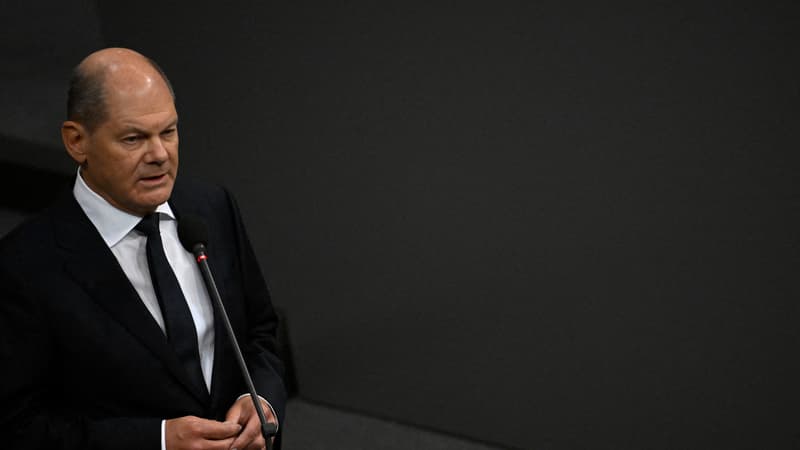“Unlimited increase in debt is not a good answer.” This is how the German Chancellor, Olaf Scholz, wanted to remember this Tuesday before the representatives of the European unions, who fear a return to austerity.
The Chancellor spoke before the congress of the European Trade Union Confederation (ETUC) which brings together some forty European trade union representatives from Tuesday to Thursday in Berlin.
A return to budget rigor?
On this occasion, the unions expressed their fears of a return to budgetary rigor in the European Union (EU) after years of almost unlimited spending due to Covid, the energy crisis and the consequences of the war in Ukraine.
“We need an agreement on how we can once again reduce the current high debt levels”, so that “citizens have the certainty that their State can act in such a crisis”, defended Olaf Scholz.
The Stability Pact, which obliges member states to have a budget deficit of less than 3% and a public debt of less than 60% of GDP (gross domestic product), has been suspended since 2020 due to Covid. It should be reactivated at the end of 2023.
A modernization of budget rules
The European Commission certainly proposed at the end of April a modernization of the budgetary rules, to grant more flexibility to the Member States. But the plan “will lead to a return to austerity and prevent climate action,” according to the CES.
This reform is for the moment rejected by the so-called “frugal” states, led by Germany. The German finance minister rejects any “weakening of the stability pact”, although the euro zone’s leading economy, traditionally a champion of budgetary orthodoxy, has also spent lavishly in recent years to cushion crises.
The debt of the EU countries skyrocketed after the financial crisis of 2008, then again with the Covid in 2020. Today it peaks at almost 150% of GDP in Italy and around 110% in France, compared to the 66.4% in Germany.
Source: BFM TV


